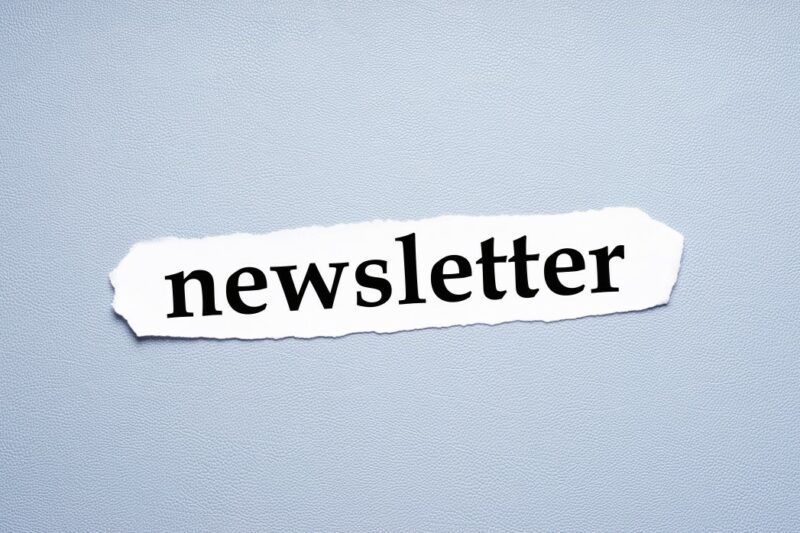
Life
American Heart Month
In the United States, 1 in 4 deaths results from heart disease. Heart disease can include arrhythmias, heart failure, heart attacks, and strokes. February is American Heart Month, and in recognition of this national health observance, take a moment to learn more about cardiovascular disease.
Signs of Heart Disease
First, it’s vital to know the symptoms of heart disease. Many people don’t recognize they have a heart condition until they have a heart attack. Typical signs of heart disease include:
- Shortness of breath
- Dizziness
- Chest pain
- Heart palpitations
- Weakness
- Fatigue
How To Prevent Heart Disease
In some cases, there are things that you can do to help prevent heart disease, including:
- Abstaining from smoking
- Keeping a healthy weight
- Restricting your sodium intake
- Eating a well-balanced diet
- Exercising regularly
- Controlling your stress
- Restricting your alcohol intake
While there are some aspects of heart disease you can’t control, taking care of yourself by observing these heart-healthy tips can help keep your heart healthy for years to come.
Auto
Stopping Distracted Driving
It’s easy to become distracted while driving on the road. Winter weather can cause roads to be slick and dangerous, so it’s even more critical that you stay present while driving during the colder months. Observe these tips to prevent distractions while you’re on the road:
- Avoid chatting on your cellphone or texting while driving.
- Never brush up your makeup or hair in the rearview mirror.
- Restrict your discussions with passengers and ask them to keep their voices down so you can focus on the road.
- Don’t smoke while driving, as you will likely not give your full attention to driving safely.
- Only change the radio when you are fully stopped.
- Never let pets sit on your lap while driving.
- Don’t eat or drink while driving.
- Avoid reading maps or directions as you drive. Instead, pull into a parking lot to decide where you ought to go next.
Home
Reducing Winter Utility Bills
As the temperature outside falls, your home’s temperature typically needs to increase by consuming more energy and money to stay warm. However, several methods can reduce your utility bill without turning the thermostat down. Consider the following suggestions to keep warm while lowering your monthly bill during chillier months:
- Look for and seal places where heat may escape from your house, particularly around windows and doors.
- Use a programmable thermostat to automatically reduce the temperature when you are away from home.
- Check the temperature setting of your water heater and insulate it to control heat loss.
- Confirm that your vent holes and radiators aren’t obstructed. This will allow warm air to circulate through your house freely.
- Open window curtains and blinds during the day to allow the sunlight to warm your home, and shut them at night to keep the heat from escaping.
- Check your furnace filter and replace it if dirty.
- Have all HVAC systems checked by a specialist before winter, and fix any leaky ductwork.
- Close the doors and shut the vents to spaces you aren’t using. Doing so will let you heat the rooms in use more efficiently.
- Take quicker showers to lower the use of heated water.
- Use energy-efficient LEDs rather than incandescent light bulbs.
- Unplug electronics when they aren’t in use.
Reducing your energy bill during the winter months doesn’t have to be difficult and doesn’t always require massive changes. Instead, start with the small ways you can save energy and build upon your habits from there.
